Speaker
Description
Exploring the limits of nuclear existence is one of the forefront topics in nuclear physics. One
limit is concerned with the heaviest nucleus that may exist. Theoretical models have predicted
that superheavy nuclei with Z ? 120 exist and feature a region of long-lived superheavy nuclides
around N = 184, the so-called the island of stability. Since the first predictions new elements
up to Z = 118, oganesson, have been discovered. Experimental data supports the concept of an
island of stability, but its extension and the longest half-life to be found remain unknown. Given
the uncertainties of predictions reaching far beyond well-known nuclei calls for more experimental
data to benchmark the theoretical models. As the heaviest nuclei exist thanks to their stabilizing
nuclear shell structure it is of interest to determine observables reflecting signatures of this shell
structure and study how they affect nuclear key properties. Among the experimentally accessible
quantities are, for example, nuclear binding energies that can be obtained from mass measurements.
Also, changes in nuclear charge radii that can be inferred from isotope shift measurements by laser
spectroscopy, and electromagnetic moments obtained from hyperfine spectroscopy are of interest.
All these properties usually display signatures of shell structure such as shell closures and the onset
of deformation. In recent years, mass measurements and laser spectroscopy studies have been
extended to the heaviest elements thanks to several technical and methodological developments
[1-3]. In my contribution I will present an overview of recent measurements studying the nuclear
structure around Z = 100 and N = 152 carried out at the GSI in Darmstadt, Germany.
[1] M. Block et al., Radiochimica Acta 107 (2019) 603.
[2] M. Block et al., Prog. Part. Nucl. Phys. 116 (2021) 103834.
[3] M. Block et al., Riv. Nuovo Cim. 45 (2022) 279.
The contributions of the SHIPTRAP, RADRIS, and JetRIS collaborations are gratefully acknowledged. This work
is supported in part by the German Ministry of Education and Research (BMBF) and by the European Union.

